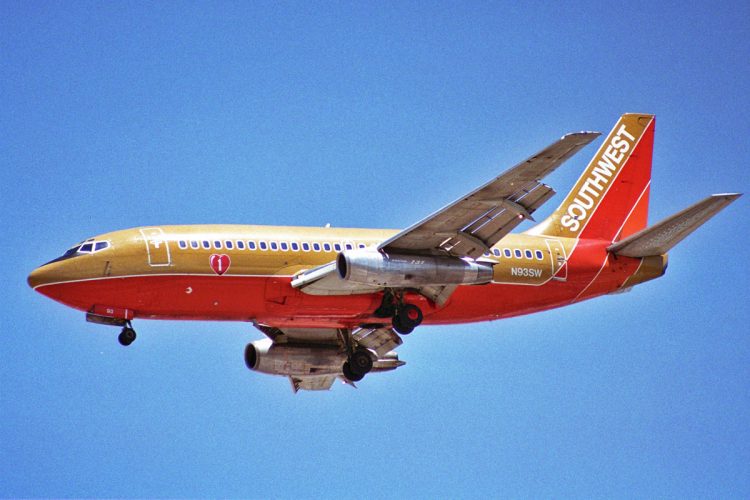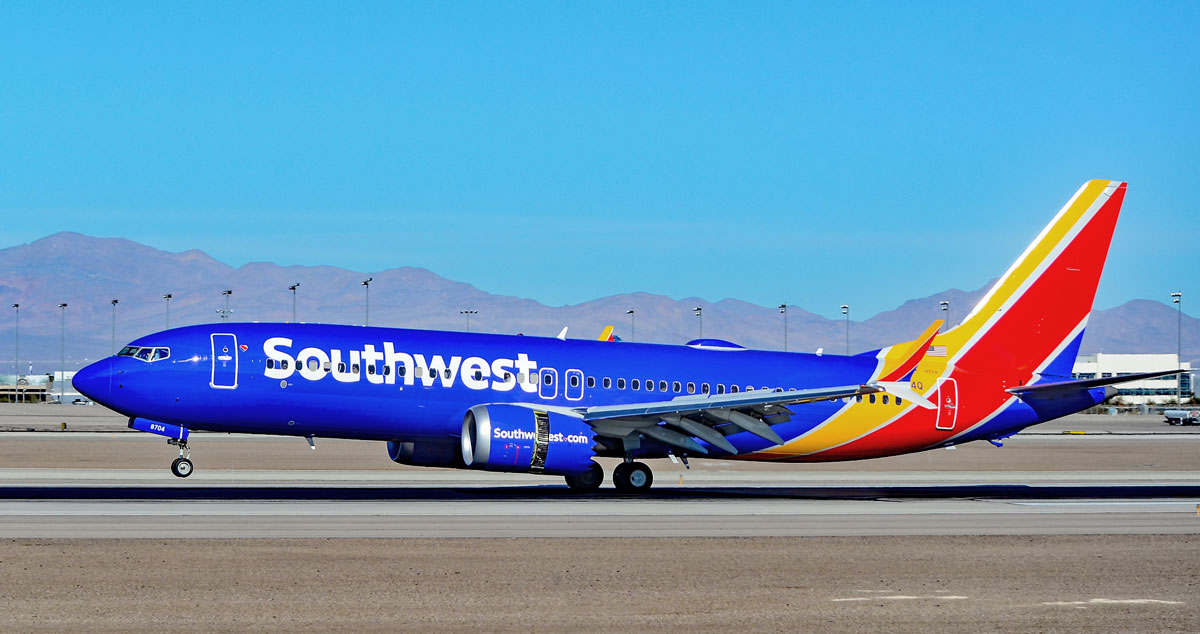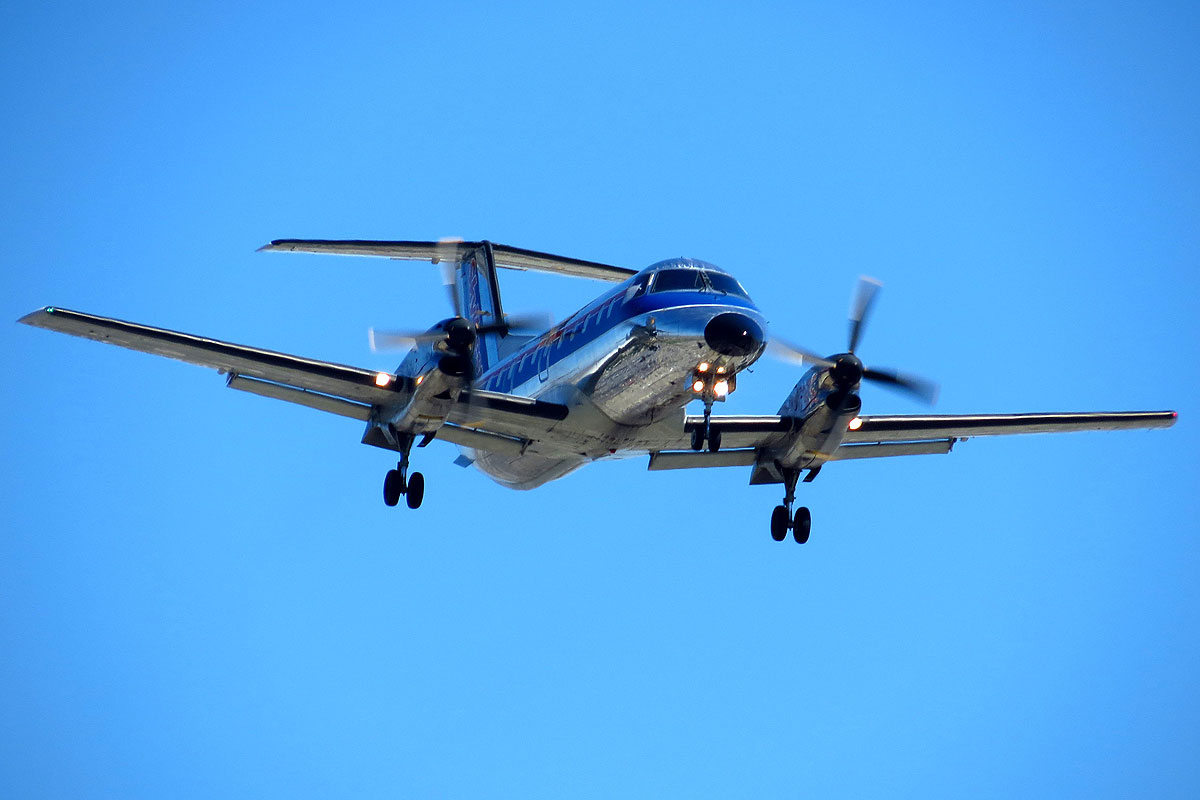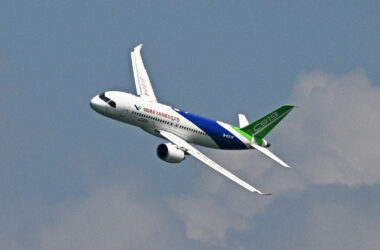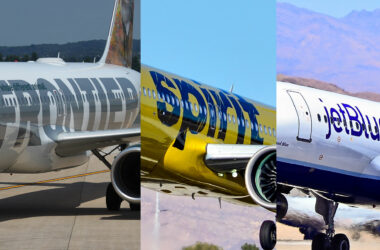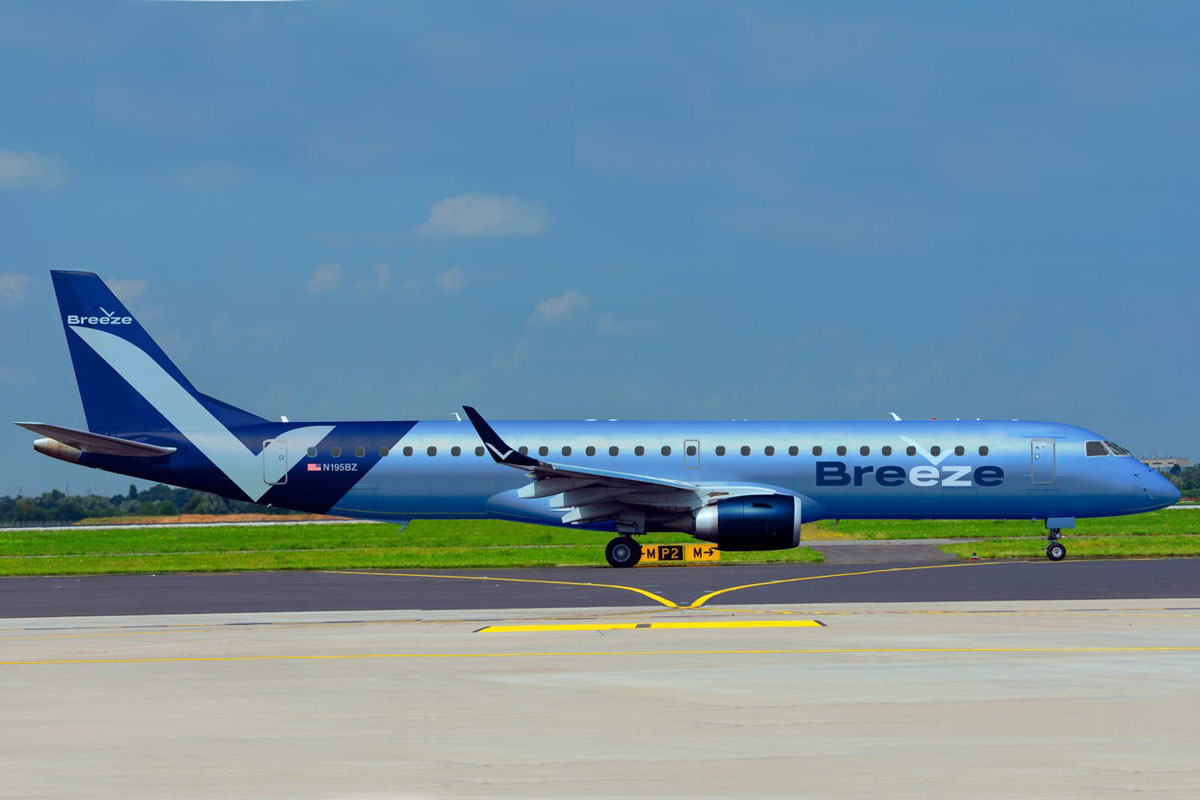About 40 years ago, it was common for the major airlines to operate various aircraft models from many manufacturers. Around the same time, a little-known US airline, however, was testing a different concept, Southwest.
After starting its flights in 1971 in Texas, the company adopted what would become the “low-cost” strategy, in which to make tickets more affordable, everything that could be saved was considered in the bill. One of these aspects, in the view of its founder, Herb Kelleher, was the standardization of the fleet. Despite operating some Boeing 727s, Southwest began to focus all its efforts on the 737, which had more aviation customers in the 1980s.
The idea was simple: with just one type of equipment, it was possible to save on training and maintenance. And so Southwest became a giant that currently has about 750 planes, all of them Boeing 737. The company carried more passengers in 2018 than any other rival within the US, beating the traditional and huge American Airlines, Delta Air Lines and United.
But not everything is perfect in the Texas company. The grounding of the 737 MAX, which the company practically sponsored in 2011, has led its executives to consider what seemed impossible to think: choose another aircraft for its fleet.
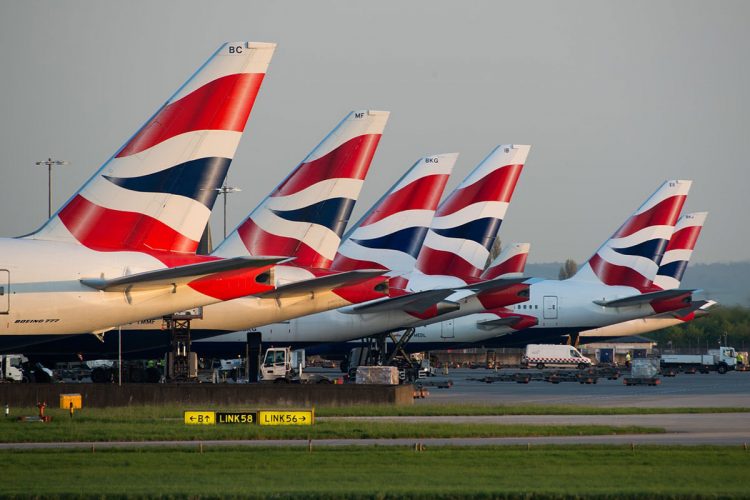
One model for each demand
During the third quarter earnings presentation, Gary Kelly, CEO of Southwest, admitted: “Is it time for us to look at this question? Yes. Not now, but next year maybe.”
According to the executive, Southwest analyzed even analyzed a competitor before ordering 737 MAX in 2011. Currently, the airline has 34 jets grounded for almost a year, which shed light on the strategy that one type of aircraft is only certain of a lower operating cost.
Companies that are dependent on the 737 MAX for their strategies like Norwegian Air and Gol are suffering from waiting for a return to operation. The Norwegian company has given up several transatlantic flights while the Brazilian company has only kept flights from Brasilia to Florida and with an unwanted stopover in the Caribbean because of the shorter range of 737-800.
For other airlines, fleet standardization is a kind of trap that constrains the operation and its flight network. By relying solely on one manufacturer and one model, these companies lose the ability to adapt to changing demands on certain routes, but not only. There is also the possibility of having newer aircraft whose operating costs are much lower than those of older aircraft.
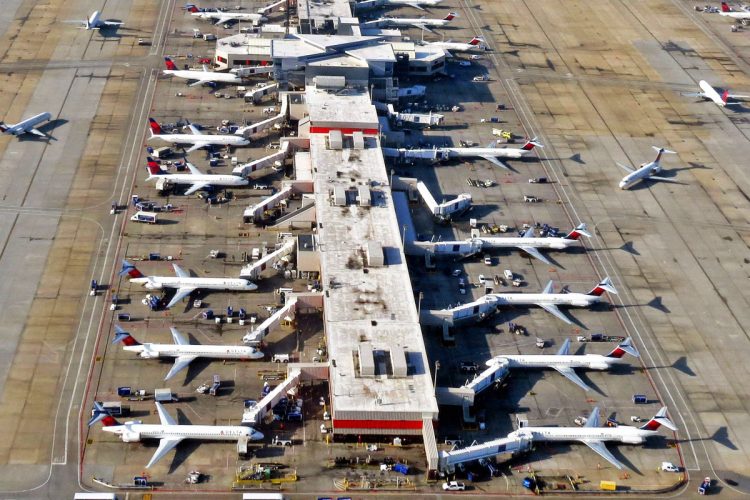
The IAG group, owner of British Airways and Iberia, among others, is not loyal to any manufacturer. On the contrary, its president, William Walsh, has sought to confront Boeing and Airbus for better order conditions, something that Southwest’s and Gol’s loyalty in theory does not allow.
Recently, amid the troubles of the 737 MAX, the Irish CEO surprised the market by announcing his intention to purchase 200 units of Boeing’s plane – most of the group’s companies operate the A320 family, including BA.
In Brazil, Gol seems more loyal to maintaining its unique fleet strategy, but the MAX crisis would have made the company think of leasing 767 aircraft to supply some international routes, as it has done in the past.
Whether we will ever see an A320 in Southwest or Gol colors is a mystery, but it is true that the concept of a single fleet does not seem to be the only way to save money on commercial aviation.
